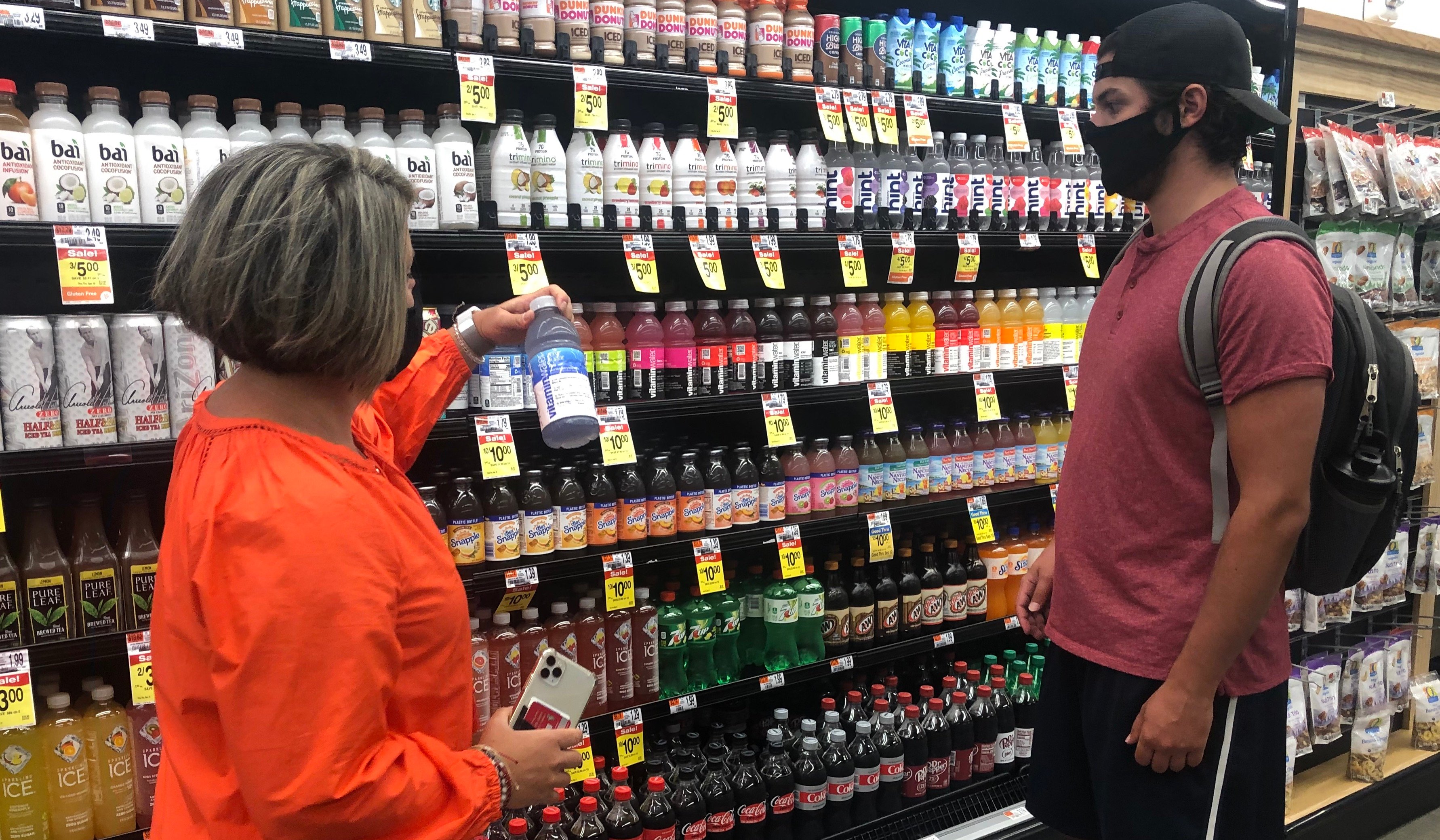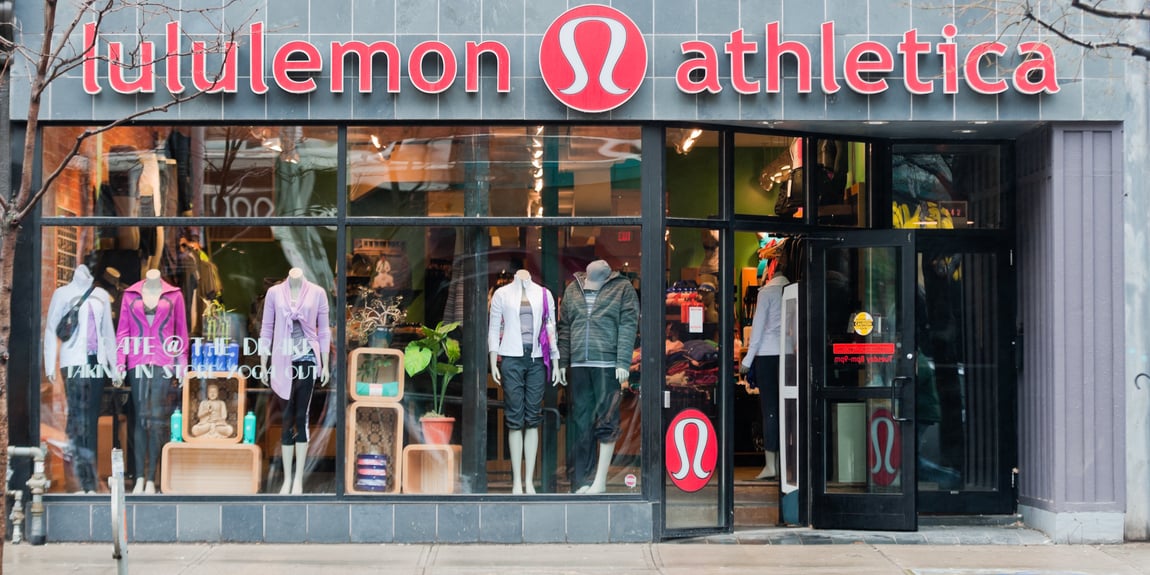If you’re one of the few people who hasn’t heard about the opening of Amazon Go, their checkout-free convenience store, here’s the scoop: it’s officially open. After nearly a year of delays, Amazon Go finally debuted earlier this week, and it’s captured the attention of consumers and retailers alike.
ZDNet predicted that “other retailers will have to move fast to follow Amazon Go” – especially convenience-based retailers like CVS or 7-Eleven. Many are heralding Go as the “future of retail.” It’s not news that everyone’s concerned about Amazon and where they’re headed, and many in retail are anxious to replicate the Amazon Go model.
Let’s slow down for a minute, though.
Instead of being intimidated by companies like Amazon moving into physical retail, grocery retailers need to recognize what this means about the industry and today’s consumers, and rethink store formats and processes accordingly.
Is every retailer, supplier, vendor or brand going to be able to take advantage of the Amazon Go model right away? Certainly not. But, there’s no reason to panic.
Convenience – At a Convenience Store
What shoppers seem to be responding so well to, so far, is the convenience aspect of Amazon Go. That is, the shoppers who haven’t had to wait on long lines just to shop at a store without checkout lines.
A normal grocery shopping experience involves many steps that can add up to frustration. You have to find a shopping cart, place items in the cart, wait on line to check out, take the items out of your cart, pay, place items in bags, and bring them to your car or home. Amazon Go really only eliminates a couple steps here, cutting the need for check-out and wait times by leveraging consumers’ mobile phones, but this adjustment has an impact. It’s all about creating the most frictionless experience possible for consumers. That’s a good thing!
But, it’s important to remember that this model works well for Amazon Go because it’s designed as a convenience store. Customers come in looking to grab a quick snack, or pick up the pantry staple they ran out of last night. Amazon Go has made the convenience store more convenient, but this won’t necessarily work at other kinds of retail stores.
For certain types of purchases – mostly “considered purchases” where there’s a more complex buying decision required due to cost or product features – shoppers still want to interact with knowledgeable brand associates when they visit stores, so they can make more informed buying decisions. Forrester research shows that 61% of consumers still value asking a sales associate for product recommendations. Products like apparel, footwear, large appliances, jewelry, pet products, nutraceuticals, furniture, sporting goods, among many others, require a richer store experience. All retailers don’t need to try to jump on the Amazon Go bandwagon, because it simply won’t work for everyone.
Creating a Frictionless Experience
There are many basic things retailers still need to do to improve the customer experience in-store. And until they do those things, retailers shouldn’t get distracted by shiny objects like Amazon Go.
For example, shoppers accustomed to the speed and ease of ecommerce expect in-store shopping to be similarly quick and efficient, and they’re not always getting that experience.
Start by knowing what’s actually happening on the ground in your stores. Then, you’ll be able to identify any potential issues that are roadblocks on the pathway to purchase.
Perhaps a brand’s product isn’t being restocked frequently enough, or there aren’t enough knowledgeable associates available to answer specific questions. Either way, shoppers may be frustrated with long wait times.
Stores are also plagued with inefficiencies that make the blending of digital and physical experiences clunky and inconvenient. Think of how hard it can be for shoppers to buy something online and then return it in stores – that’s a problem of inefficient inventory management that leads to frustrated customers and about $260 billion in annual losses for the industry.
If keeping track of all these moving parts sounds daunting, start by focusing on the basics. The product needs to be on the floor, in the location where customers will be looking for it, with the right prices and signage, supported by knowledgeable associates or brand ambassadors, as a start.
For example, ThirdChannel research showed that for one large eyewear brand, placing products in areas with a high volume of store traffic increased sales by more than 110% over three-month period. This will benefit brands, too, in the long run. Once you uncover the sticking points, you can make the changes that will improve both customer experience and your bottom line.
Data analytics can help you gain visibility into stores, providing real-time data straight from the store floor to make shopping easier for customers and more profitable for stores.



